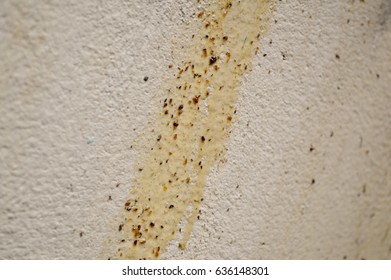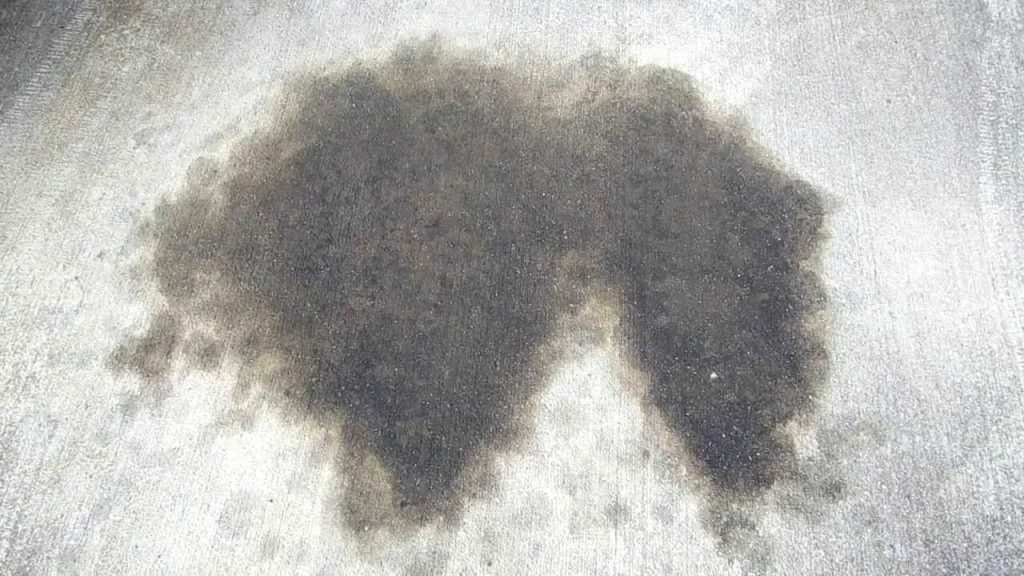

Floor stains that won’t go away can be a frustrating household problem. Whether it’s oil, grease, or other spills, these marks can impact the aesthetic appeal of your home and diminish its overall value. Understanding the nature of these stains and implementing the right cleaning techniques is key to successfully removing them. This comprehensive guide will provide you with expert advice on effectively cleaning oil and grease spots, tackling even the most persistent stains, and preventing future occurrences. We’ll cover everything from identifying the cause to employing safe and effective cleaning solutions. Follow along as we delve into a detailed breakdown of effective strategies for removing those troublesome floor stains.
Identifying the Culprit: Understanding Different Types of Floor Stains
Oil Stains
Oil stains are notoriously difficult to remove, often leaving behind stubborn marks that resist traditional cleaning methods. They can originate from various sources, including cooking oil spills, motor oil, or even certain types of cosmetic products. The key to effectively tackling oil stains lies in understanding their chemical composition and how they interact with different flooring materials. Different cleaning solutions are often needed, depending on the type of oil and the surface you’re working with. Some oils are polar and will dissolve better in water-based solutions, while non-polar oils may require specialized solvents. For example, mineral oil may be more easily addressed by a product such as citrus-based cleaner.
Grease Stains
Grease stains, often stemming from spills in kitchens and workshops, are another common flooring issue. These sticky residue can quickly embed themselves in porous surfaces, leaving behind persistent stains that are difficult to remove. Often the source is something that has spread widely. It’s important to act quickly when encountering such a spill. Quickly blot up as much of the grease as possible before it sets. Using a cleaning product appropriate for the type of flooring material, such as a grease-cutting solution, can be essential to prevent permanent damage or discoloration. Consider contacting a cleaning professional or researching the manufacturer’s cleaning instructions for your specific flooring material if you are unsure.
Other Types of Stains
While oil and grease stains frequently require specific methods, other types of spills, such as food, drink, or even ink can also lead to stubborn stains. Understanding the source of the stain is crucial for effective removal. Water-based stains can often be treated with a solution of water and mild detergent, while more stubborn stains may require specialized stain removers.
Effective Strategies for Removing Stubborn Floor Stains
Initial Steps for Stain Removal
The first step in addressing stubborn floor stains is to act quickly to prevent the stain from setting or spreading. Immediately blot up any excess liquid with a clean cloth or paper towels. Avoid rubbing, as this can push the stain deeper into the floor surface, making it more difficult to remove. The key is to absorb the liquid as quickly as possible to prevent the liquid from soaking into the fibers of the flooring. Do not push the stain. Gently blot and absorb the stain. Avoid rubbing and ensure the liquid is completely absorbed before proceeding to the next step.
Related Post : Garage Door Not Opening Smoothly? Common Track and Motor Issues
Choosing the Right Cleaning Solutions
Different cleaning products are available for removing various stains. Choose a product suitable for your specific flooring material. Some products are specifically designed for removing oil and grease stains, while others can handle a broader range of spills. Be sure to thoroughly examine the manufacturer’s recommendations for cleaning your flooring before using any cleaning agents. You should also test the cleaning agent on an inconspicuous area before applying it to the entire stain.
Implementing Deep Cleaning Techniques
For deep-seated stains that resist initial cleaning efforts, more intensive methods might be necessary. Try applying a paste of baking soda and water to the affected area and allow it to sit for a few minutes before scrubbing gently. In cases of particularly stubborn stains, a cleaning professional may be required for the best results. Contact them for personalized advice, or for the most effective solution.
Preventing Future Stains
Understanding Your Flooring
Different flooring materials react to stains differently. Understanding the characteristics of your floor, such as its composition, porosity, and existing sealant, will guide you in implementing the proper preventive measures. Ensure you’re selecting cleaning solutions that are compatible with your flooring material to prevent further damage. Consult your flooring manufacturer’s instructions to understand the best way to care for it.
Maintaining a Clean Kitchen and Food Preparation Areas
To prevent the spread of stains throughout your home, focus on keeping your kitchen and food preparation areas spotless. Implement regular cleaning routines to catch spills promptly and prevent grease from accumulating. Use protective mats on your kitchen counter or table areas to catch spills, which can prevent staining and keep spills contained. This can also include regular wiping of the counter tops to prevent spills from accumulating.
Protective Measures
Place protective mats in high-traffic areas or zones where spills are prone to occur. This can include in front of kitchen appliances or around areas prone to spilling. Protective coverings can help contain the spill and prevent damage to flooring or other items. For example, using a placemat or trivet under items you are heating, or around spills or high-traffic areas can prevent costly damage or injury.
Expert Advice and Additional Tips
Seek Professional Help When Necessary
If you’re unable to remove a stain successfully, don’t hesitate to seek professional help from a cleaning service. Cleaning professionals may have specialized techniques or tools to handle even the most stubborn stains. Contact a local cleaning service and describe the problem, or get more information about your flooring manufacturer to get recommendations on stain removal.
Maintenance and Prevention of Future Issues
Regular Cleaning
Maintaining a regular cleaning schedule can significantly help prevent stains from becoming stubborn. Regularly wiping down surfaces in areas where spills are common can reduce the likelihood of them becoming permanent issues. For example, regularly cleaning the kitchen and wiping down floors in areas frequently walked through can help prevent spills or other marks from accumulating, and make them easier to clean.
Example Cleaning Techniques
Tackling Oil Stains
For oil stains, blot with a clean, absorbent cloth or paper towel to remove excess oil. Next, apply a specialized oil-removing cleaner and let it sit for a few minutes. If that isn’t effective, use a paste of baking soda and water, and gently scrub the stain. Rinse thoroughly to avoid residue.
Tackling Grease Stains
For grease stains, begin by blotting up as much grease as possible with a clean cloth or paper towel. Next, apply a grease-cutting cleaner and allow it to sit for about 15 minutes. Scrub gently with a soft cloth, and then rinse thoroughly. Avoid harsh scrubbing.
Dealing with Stubborn Stains
For stains that resist initial cleaning, you can try using a mixture of mild dish soap and warm water. Apply a small amount of the solution to the stain, then gently blot or scrub with a soft cloth. Repeat as needed until the stain starts to lighten.
Additional tips for removing floor stains
1. Check the manufacturer’s instructions for your flooring before applying any cleaning product
2. When unsure of a cleaning solution, ask a professional cleaner
3. Test solutions on an inconspicuous area of the floor to avoid damage to the flooring or discoloration.
In conclusion, tackling stubborn floor stains requires a systematic approach, understanding the type of stain, and employing the appropriate cleaning methods. By following the detailed steps outlined in this guide, you can effectively eliminate those unsightly marks and restore your floors to their pristine condition. Don’t let stubborn floor stains diminish your home’s aesthetic appeal. Learn how to effectively clean and restore your floors by visiting our website for more cleaning tips and tricks!